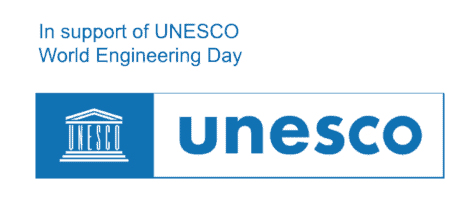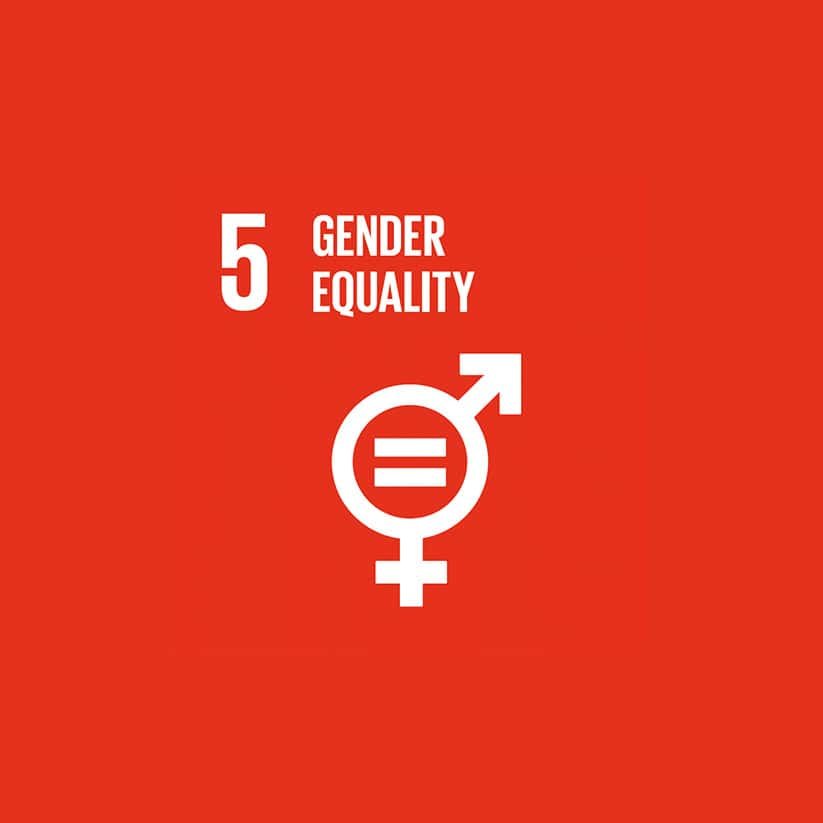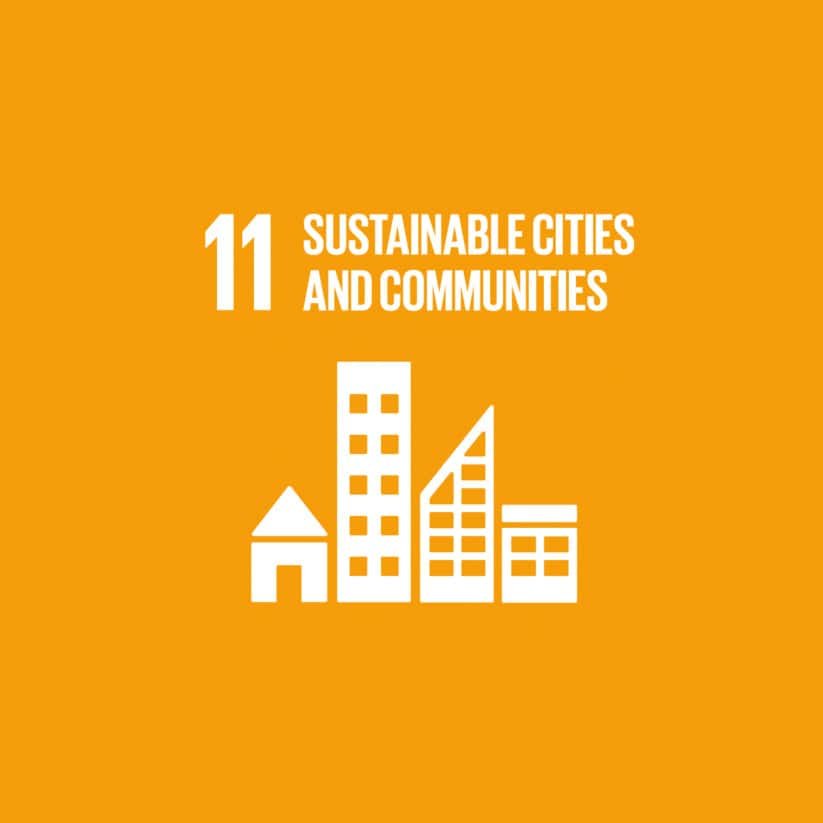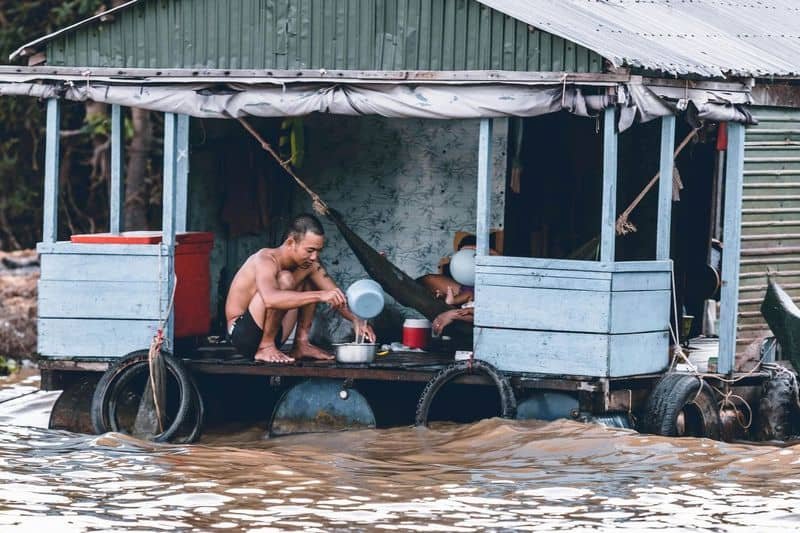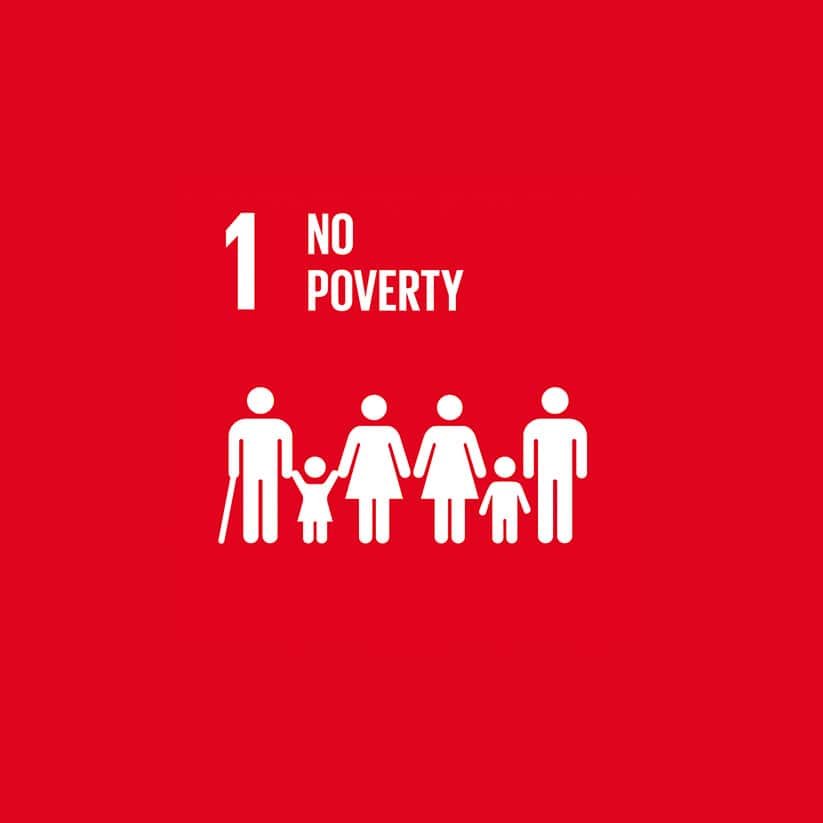
Challenge 2:
Addressing informal housing and infrastructure challenges in urban areas
Can you come up with ways to improve the quality of life and increase the resilience of communities living in informal settlements?
Informal housing
As urban populations continue to grow, informal housing – sometimes referred to as slums – has become a prevalent issue in many cities worldwide. Currently, over 1 billion people live in informal settlements, a number projected to increase significantly by 2030.
85% of people living in informal settlements live in three regions: Central and Southern Asia (359 million), Eastern and South-Eastern Asia (306 million), and Sub-Saharan Africa (230 million).
It is forecast that 96% of urban growth to 2050 will happen in the less developed regions of East Asia, South Asia and Africa, while three countries – India, China and Nigeria – will account for 35% of projected urban growth alone.
The risk of informal housing
The rapid influx of people to urban areas is driven by economic opportunities, but it often outpaces the capacity of cities to provide adequate housing and essential services. Informal growth is often disconnected from a city’s main urban infrastructure, and the provision of municipal services (transport links, water, sewage management, waste management, electricity etc) is usually lacking and becomes harder to achieve as informal settlements are established.
This lack of formalization results in vulnerable living conditions where residents face higher risks of eviction, discrimination, violence and social exclusion. In addition, the absence of secure tenure exacerbates poverty levels and limits residents’ ability to invest in their homes and communities. Women are particularly vulnerable in informal settlements as they lack access to safe sanitation, are vulnerable to gender-based violence and often carry additional responsibilities relating to caring for families and children.
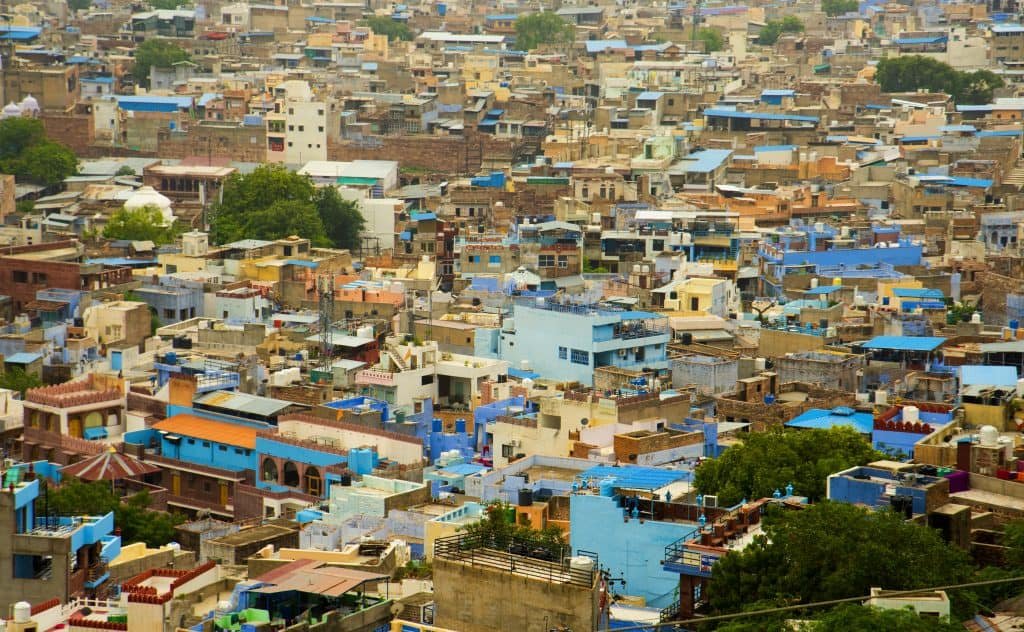
The role of engineering
Unfortunately, these trends are projected to continue unless urbanization can be well planned, and the climate crisis is heightening the vulnerability of people living in informal settlements. Rising temperatures, increased flooding, and more frequent extreme weather events threaten both lives and livelihoods as informal housing is often located in areas prone to flooding or landslides, putting residents at greater risk during climate-related disasters.
Through understanding the reasons people live in informal settlements and the challenges they face as a result, can you come up with ways in which engineering can improve quality of life, help people to overcome poverty and increase the resilience of communities living in informal settlements, in particular when considering the impacts of climate change?
Make sure your innovative designs are consistent with the theme of World Engineering Day 2025: Shaping a sustainable future through engineering.
Sustainable Development Goals
Background
Informal settlements, despite facing numerous challenges, often possess several positive attributes that contribute to the vibrancy and resilience of these urban communities. Strong community bonds, social networks and cultural diversity characterize many informal settlements around the world alongside practically offering low-cost housing solutions in otherwise financially inaccessible urban areas. Innovation and entrepreneurial mindsets thrive in providing services and opportunities adapted to the unique ecosystem of the informal settlement and contribute to their often dynamic nature.
However, without addressing the unique challenges for urban infrastructure in informal settlements, many will struggle to overcome multiple dimensions of poverty.
Water and sanitation
Many informal settlements lack access to clean water and proper sanitation facilities. Contaminated water sources can lead to health crises, particularly among vulnerable populations, including women and children, an issue exacerbated during flooding events.
Women and children are also critically exposed to the lack of clean water supply, as women and girls under 15 are responsible for fetching water in 7 of 10 households without such access.
Waste management
Poor waste disposal practices result in unsanitary living conditions and contribute to environmental degradation. Build-up of waste can create breeding grounds for pests and lead to disease outbreaks.
Transportation
Informal settlements are often located on the periphery of urban centres, making access to public transport difficult. This isolation restricts residents’ ability to access employment, education, and healthcare.
Housing quality
Many structures in informal settlements are built from low-quality materials, making them susceptible to environmental hazards such as flooding, landslides, earthquakes, and extreme weather events – issues exacerbated by climate change. Such housing is also vulnerable to extreme heat and cold.
Climate vulnerability
Future projections indicate that climate change could displace millions of people from their homes and many of whom will seek refuge in urban settings. This displacement will not only exacerbate the existing challenges faced by informal settlers but also increase the strain on urban infrastructure as displaced populations migrate to already overstretched cities.
Youth
Young populations will be a dominant consideration, with youth and children accounting for 40% of the world’s population, and the world youth population projecting to rise to 1.3 billion by 2030.
By 2030, it is estimated that 60% of urban dwellers in developing countries will be under 18, presenting the challenge of youth unemployment, which is two to three times higher than adult unemployment, alongside considering how cities are more attractive and healthier for youth while encouraging pro-social behaviour.
Examples in practice
- Affordable housing using locally available and sustainable materials (e.g. ‘green modular housing’ in South East Asia), in particular considering thermal comfort throughout the year.
- Flood resilient housing using cost-effective materials.
- Low-cost, sustainable, scalable solutions for essential services such as water supply, sanitation, energy provision, waste management, and transportation that can be easily integrated into existing informal settlements.
- Low-cost methods to treat polluted water, repel insects etc.
- Early warning systems and natural disaster preparedness and response strategies, including the use of communication technologies and software tools.
- Improved drainage and flood management systems.
Submission steps
Ready to submit? (Closed)
Submissions are due by 26 November 2024 (5pm CET)
You and your team will need to:
- Register on the submissions portal.
- Create a 5-minute video presenting your solution (no Zoom/Powerpoint recordings allowed), detailing elements of your entry. English subtitles are required for all videos, including for videos recorded in English.
- Submit your video in MP4 or embed it from a video-sharing site, such as YouTube or Vimeo.
- Write a short accompanying text (Max. 500 words) briefly summarizing your solution and including any information or research that could not be covered in the video, as well as how the solution advances one or more of the UN SDGs. The written element must be in English.

